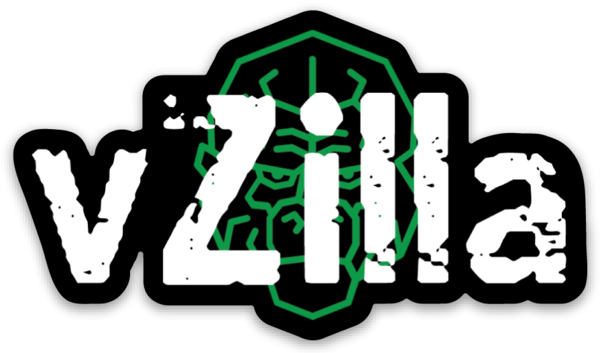Spoiler Alert: Veeam first entered the world of protecting physical workloads back in 2015 with the v1 release of Veeam Agent for Windows v1 and then a year or so later the Veeam Agent for Linux v1 was released.
Don’t get me wrong this wasn’t the first to market when it comes to backing up physical workloads but once again certain vendors in the industry are making out, they are doing something differently, they are not.
Release information:
04/14/2015: Veeam Agent for Microsoft Windows v1
08/06/2015: Veeam Agent for Microsoft Windows 1.1
03/17/2016: Veeam Agent for Microsoft Windows 1.5
05/11/2017: Veeam Agent for Microsoft Windows v2
12/19/2017: Veeam Agent for Microsoft Windows 2.1
01/22/2019: Veeam Agent for Microsoft Windows v3
Release information:
12/13/2016: Veeam Agent for Linux v1
05/22/2017: Veeam Agent for Linux 1.1
12/19/2017: Veeam Agent for Linux v2
01/22/2019: Veeam Agent for Linux v3
Veeam Agent for Windows
We know the story on why some of our server workloads etc must be still on a physical footprint, blah blah blah. Right, however we also know we still must back these up and backing a physical server up is different to what we know in the virtualisation world. For one there are different hardware and drivers to consider, we don’t have this problem in the virtual world, but we do when it comes to physical hardware.
Where the agent also can help is when protecting virtual machines that have physical raw device mappings. Or any non-integrated hypervisor or public cloud.
As well as the above there are also some table stakes that you must demand from your physical backup agents.
- Change Block Tracking
- Application Aware Processing with the ability to manage transactional log backups
- File Indexing and Search
- Scheduling and retention or should I say policy based…
- Central management, monitoring and reporting
Then some may be nice to haves if you are looking for something to protect your environment that consists of both physical, virtual and cloud-based workloads. Things like the ability to take that windows machine and instantly recover that within Microsoft Hyper-V I mean even if you are not a Hyper-V shop you can easily throw a simple hyper-v host in the mix to get things up and running. Another what about the ability to recovery application items and files using Veeam Explorers that were built by Veeam and not a third-party option. Round that off with the ability to obviously take Active Full backups but also the ability to take synthetic full backups, meaning that you don’t need to bother the physical for a full backup every time Veeam can just use the incremental in the chain to form a synthetic full.
Veeam Agent for Linux
As the agent versions have matured obviously more tech has landed and the Veeam Linux Agent was after the initial release of Windows, functionality wise things are about the same now.
With most of the same features and functionality of the windows agent, amongst some focus for BTRFS file system support and some focus around Oracle application aware processing. Also, snapshot-less backups to backup any mounted file system.
Oh, did I mention that there is the ability to choose what you backup and restore as well? Crazy times but the ability to perform recoveries on both Windows and Linux agents:
- Bare-Metal restore – entire system restores to same hardware or different
- Volume Level
- File level
Cloud Mobility
It doesn’t stop there and expect to see some more content around specifically the portability of the Veeam backup files. But there are also several options available outside the traditional backup and recovery for those physical systems.
The first one has been here a while and that’s the ability to take these agent backups and restore them into Microsoft Azure and then more recently Veeam enabled that capability further by enabling the direct restore to AWS and Microsoft AzureStack.
The key point to raise here is, so what Veeam components do I need in AWS or Azure… nothing that’s what. Take those backups convert them to Azure VMs or AWS EC2 instances and off you go, no need for any Veeam software to sit in the public cloud.
Cloud Connect
Not everyone wants to leverage the public cloud, want might not be the best word to use there, not everyone may be able to use the public cloud and so we also have the ability to extend that availability by leveraging one of the many Veeam Cloud Service Providers offering Backup as a Service for your agents and basically any Veeam backed up item from either Physical, Virtual or Cloud.
